The Evolution of Furniture Design and Its Impact on Modern Homes
Furniture design has come a long way since the days of hand-crafted wooden chairs and sofas. From the Arts and Crafts movement of the late 19th and early 20th centuries to the minimalist designs of the mid-20th century, furniture has played a significant role in shaping the look and feel of our homes. Today, the furniture design industry continues to evolve and adapt to changing trends and lifestyles, creating new and innovative designs that impact the way we live in our homes.
One of the earliest examples of modern furniture design is the Arts and Crafts movement, which began in Britain in the late 19th century. This movement was a reaction against the mass-produced goods of the Industrial Revolution and emphasized the importance of hand-crafted goods and traditional techniques. Furniture from this era was often made from natural materials, such as wood and stone, and featured simple, geometric shapes and decorative elements.
The next major shift in furniture design came with the advent of the Bauhaus movement in the early 20th century. This school of design emphasized the importance of functionality and simplicity in furniture design, with a focus on form following function. Furniture from this era was often made from metal, with clean lines and a minimalist aesthetic that was in stark contrast to the ornate and decorative designs of the Arts and Crafts movement.
The mid-20th century saw the emergence of designers such as Charles and Ray Eames, who created furniture designs that combined function and style in new and innovative ways. The Eameses are best known for their molded plastic chairs, which used new manufacturing techniques to create comfortable and stylish furniture that was affordable and accessible to the masses. This period also saw the rise of Scandinavian design, which is characterized by clean lines, simple shapes, and a focus on natural materials and organic forms.
In recent years, the furniture design industry has continued to evolve and adapt to changing trends and lifestyles. One of the most significant trends is the rise of sustainable and eco-friendly furniture, which is made from environmentally-friendly materials and produced using sustainable practices. Many designers and manufacturers are now using innovative materials and techniques, such as 3D printing, to create furniture that is both stylish and functional, while also reducing the impact on the environment.

Another trend that has been growing in popularity is the use of mixed materials, such as combining metal, glass, and wood to create unique and interesting furniture pieces. This trend is often seen in modern home designs, where sleek and contemporary furnishings are paired with natural wood elements, such as exposed wooden beams or wooden accent walls, to create a warm and inviting atmosphere.
Incorporating contemporary furniture design into your home can be a great way to make your space feel modern and up-to-date. Whether you are looking for a statement piece for your living room or a functional piece for your kitchen, there are many options available to suit your individual style and needs. Some popular contemporary furniture design elements include clean lines, simple shapes, and the use of natural materials, such as wood, metal, and glass.
Another key factor to consider when incorporating contemporary furniture design into your home is color. Contemporary furniture is often characterized by neutral colors, such as black, white, and gray, which create a sleek and modern look. However, if you are looking to add a pop of color to your space, there are many options available, from bold and bright hues to more subtle shades.
Finally, lighting is an important aspect of contemporary furniture design. A well-lit space can make a huge impact on the look and feel of your home, and choosing the right lighting fixtures can help to highlight the beauty of your furniture and other design elements.
One trend that is becoming increasingly popular in contemporary furniture design is the use of natural light. Large windows and skylights can help to create a bright and airy atmosphere, while also providing ample light for daily activities. If you don’t have access to natural light, consider using task lighting, such as desk lamps or under-cabinet lighting, to brighten up dark spaces and make the most of your furniture.
Another trend to look out for is the use of statement lighting fixtures, such as pendant lights, floor lamps, and chandeliers. These lighting fixtures can not only brighten up your space, but also serve as a decorative element, complementing the overall design of your home. You can also play around with different lighting effects, such as dimming, to create a warm and inviting ambiance in your home.
Finally, it’s worth mentioning that the use of technology is becoming increasingly common in contemporary furniture design. From smart home systems to automated lighting controls, technology is changing the way we interact with our homes and furniture. Whether it’s through voice control, touch-screen interfaces, or remote controls, technology is helping to make our homes more comfortable, convenient, and efficient.
In conclusion, the evolution of furniture design has had a profound impact on modern homes. From the materials and techniques used to create furniture, to the way we interact with our furniture through technology, contemporary design has come a long way over the years. By incorporating these design elements into your home, you can create a space that is both beautiful and functional, reflecting your personal style and taste.


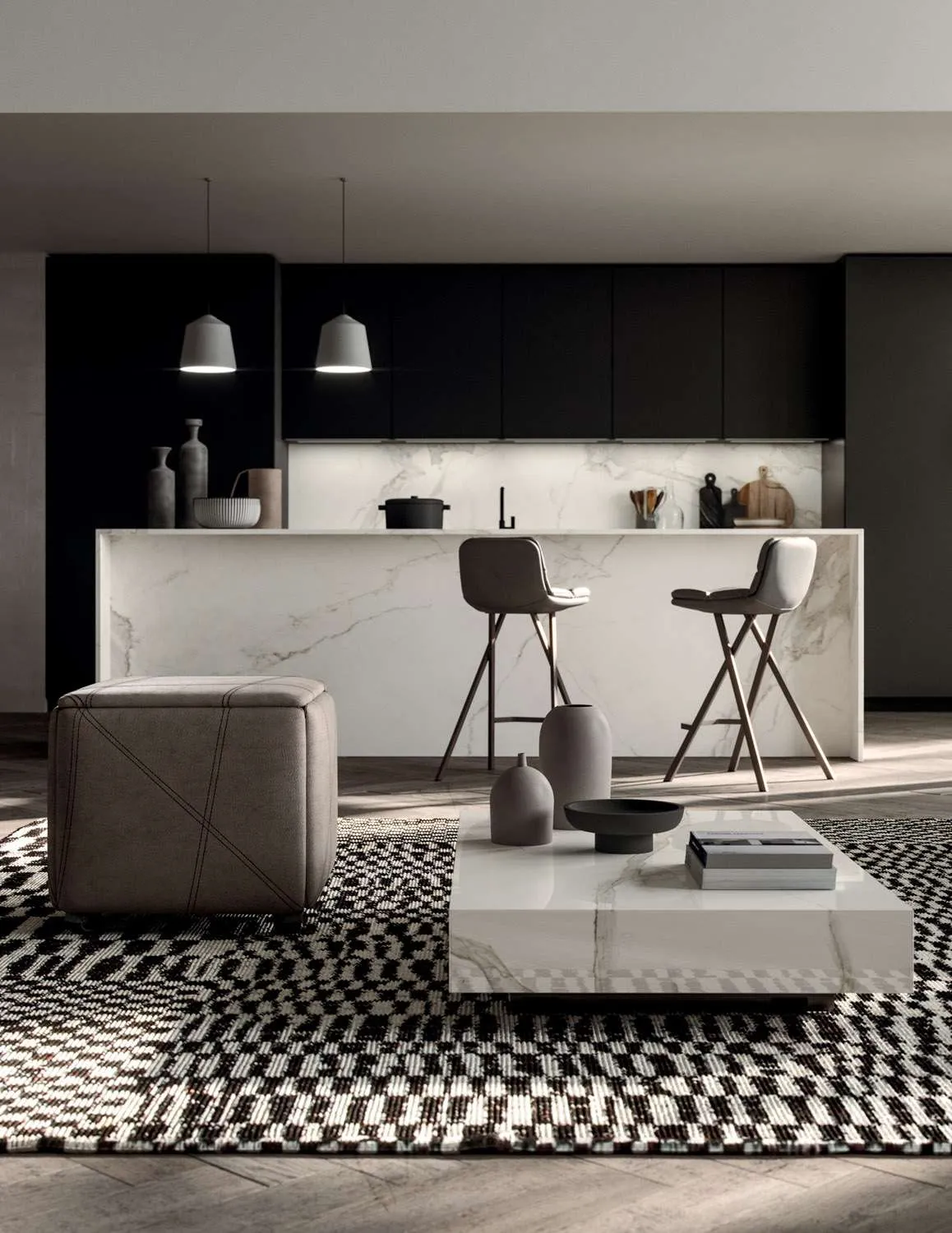
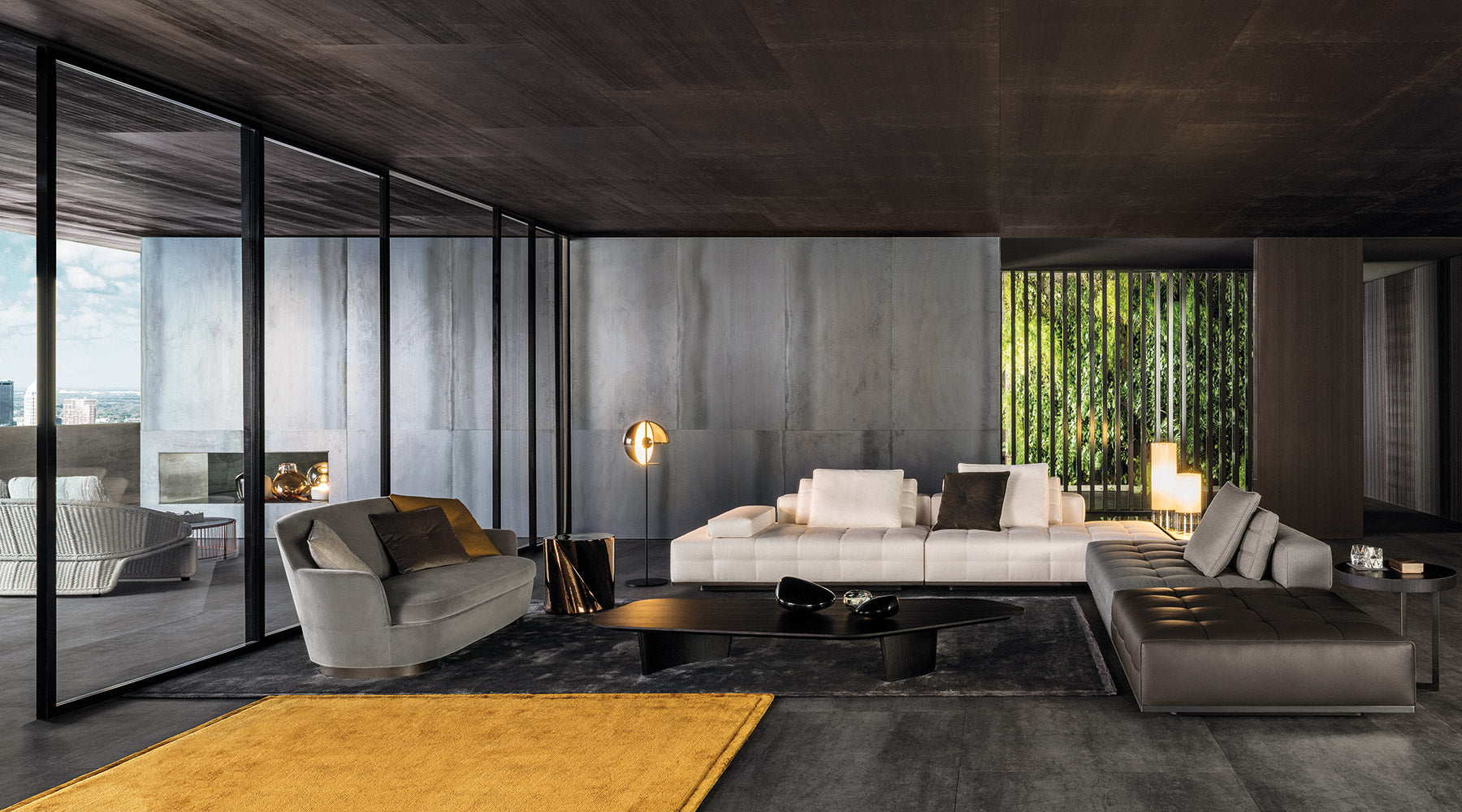
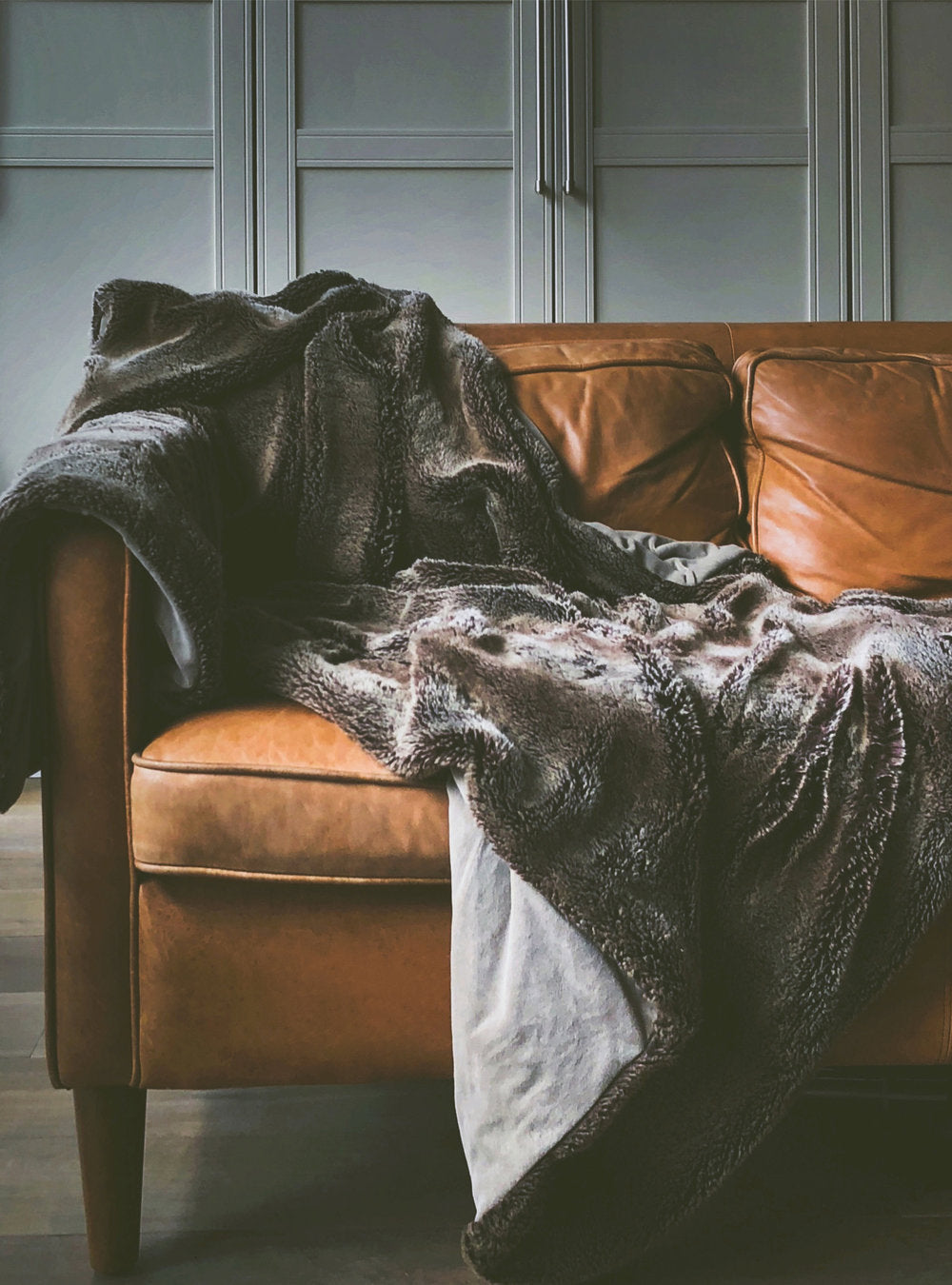
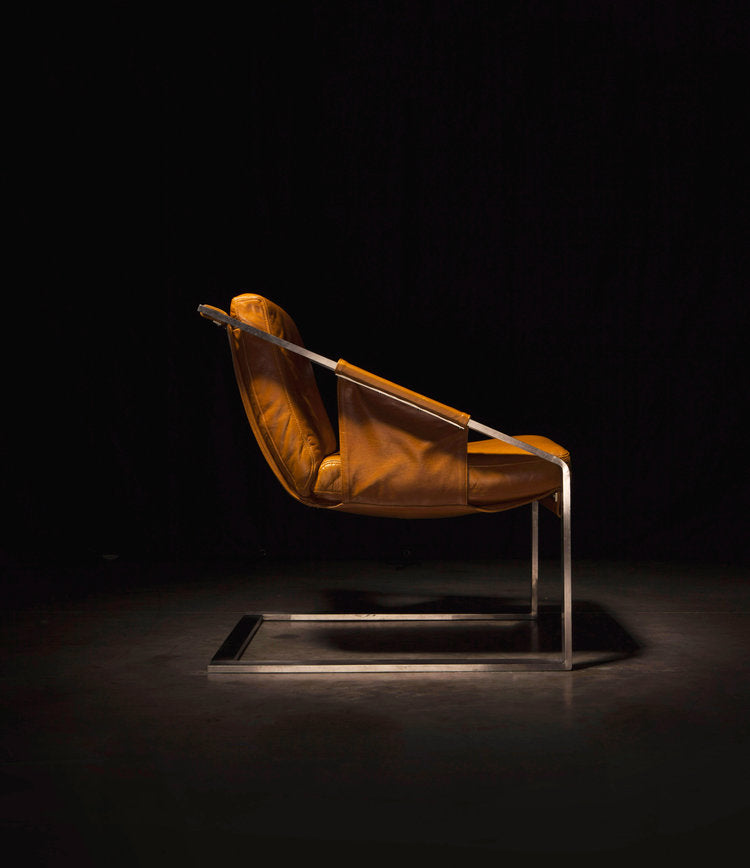
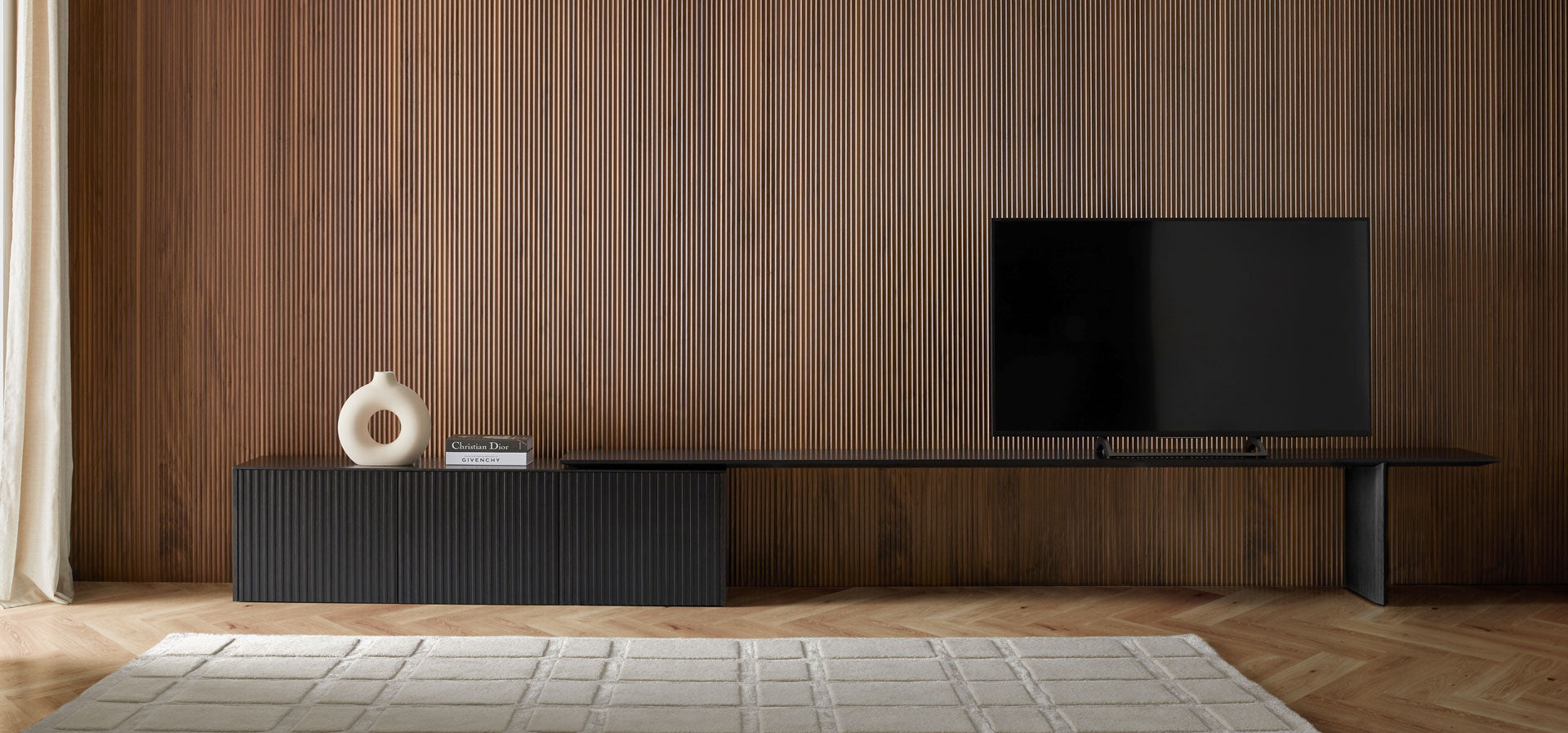
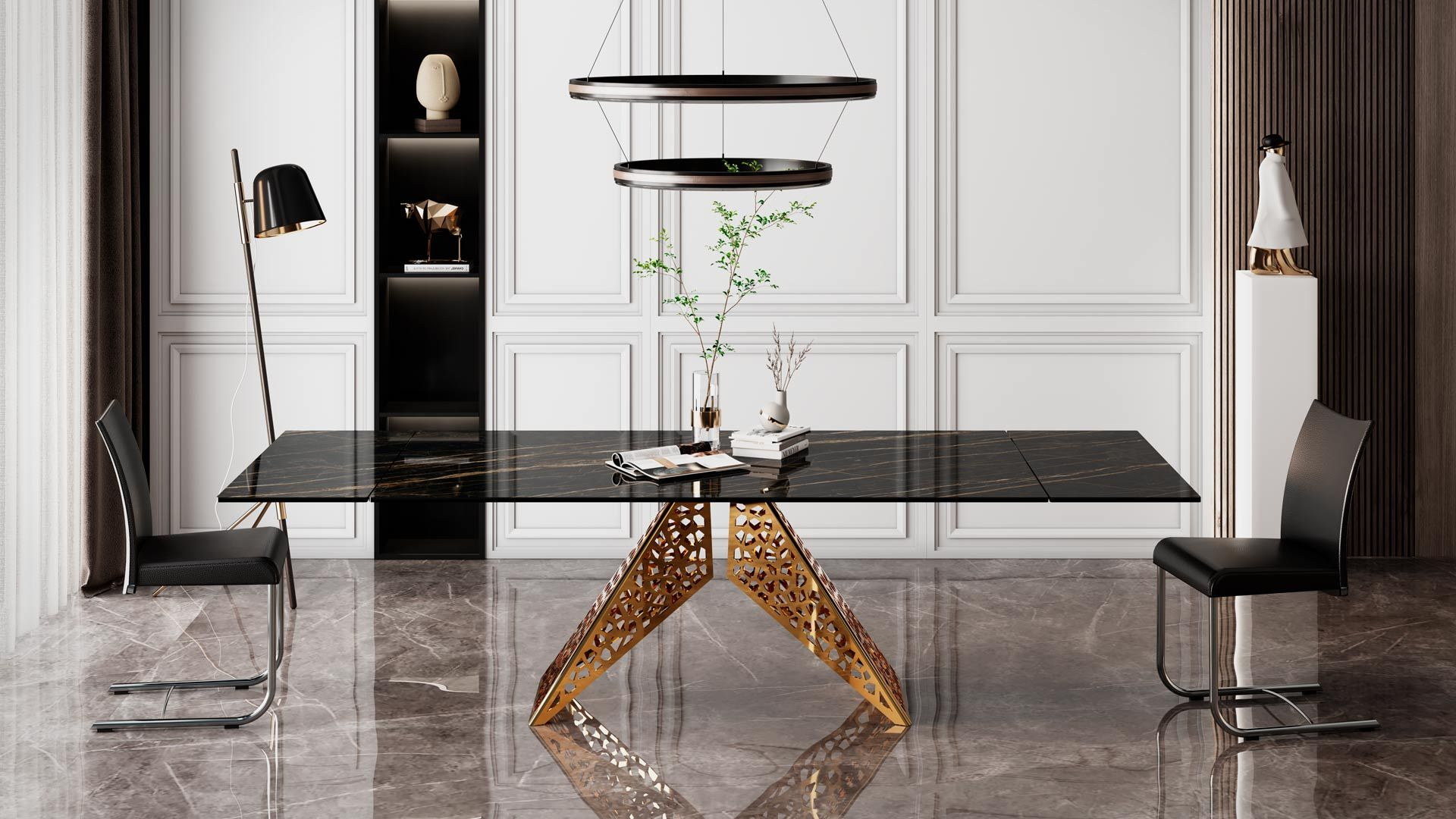
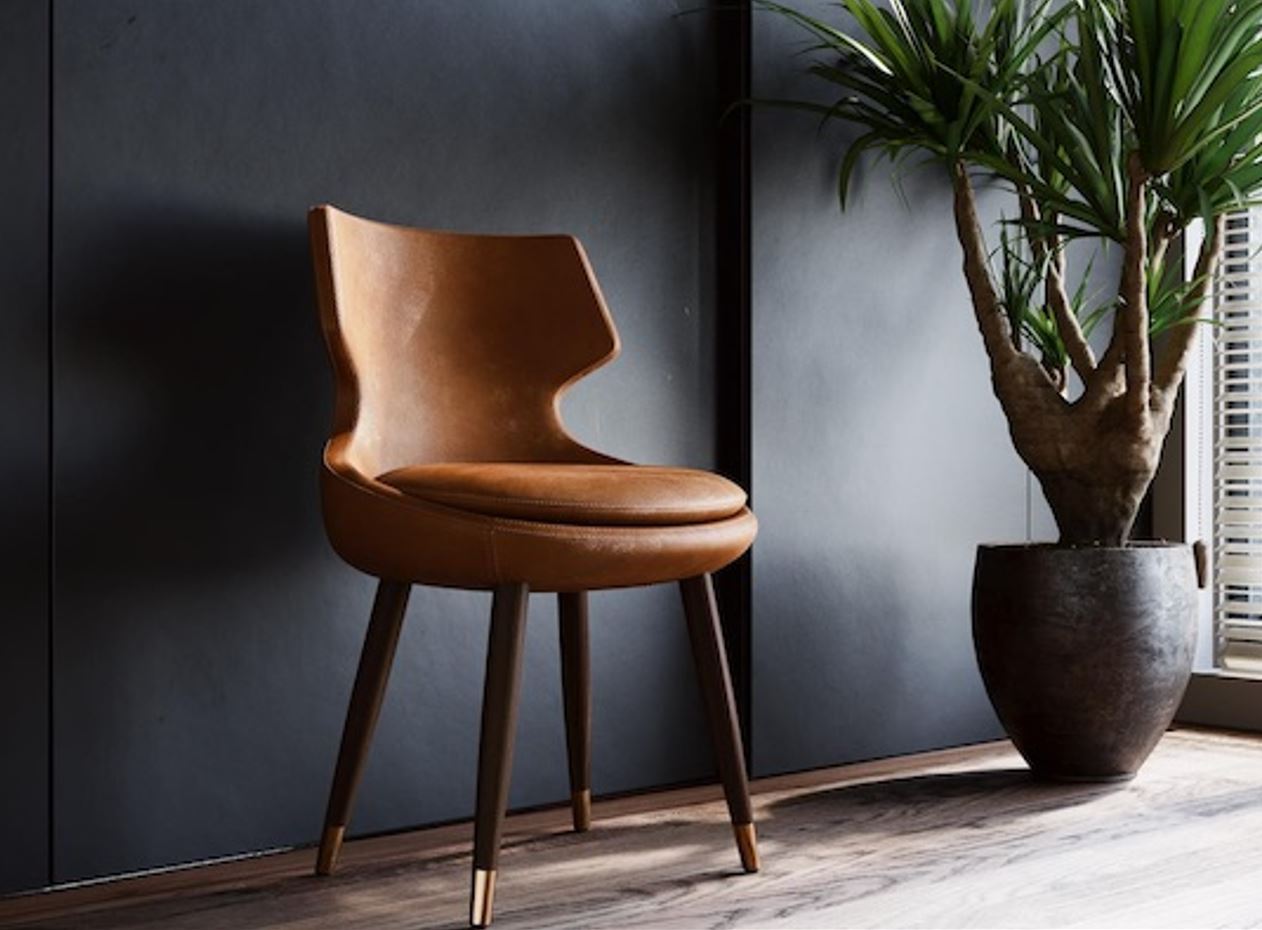
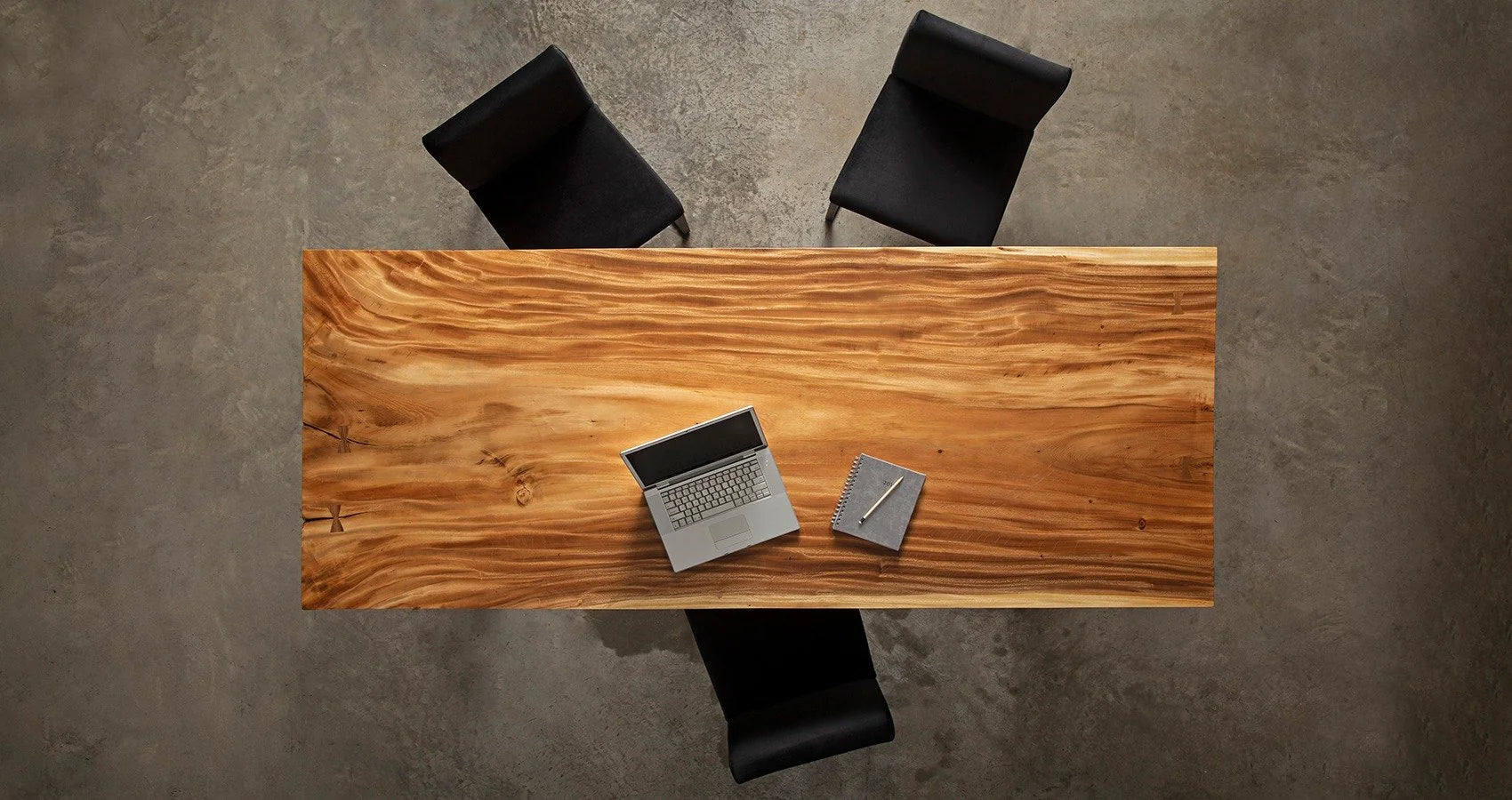
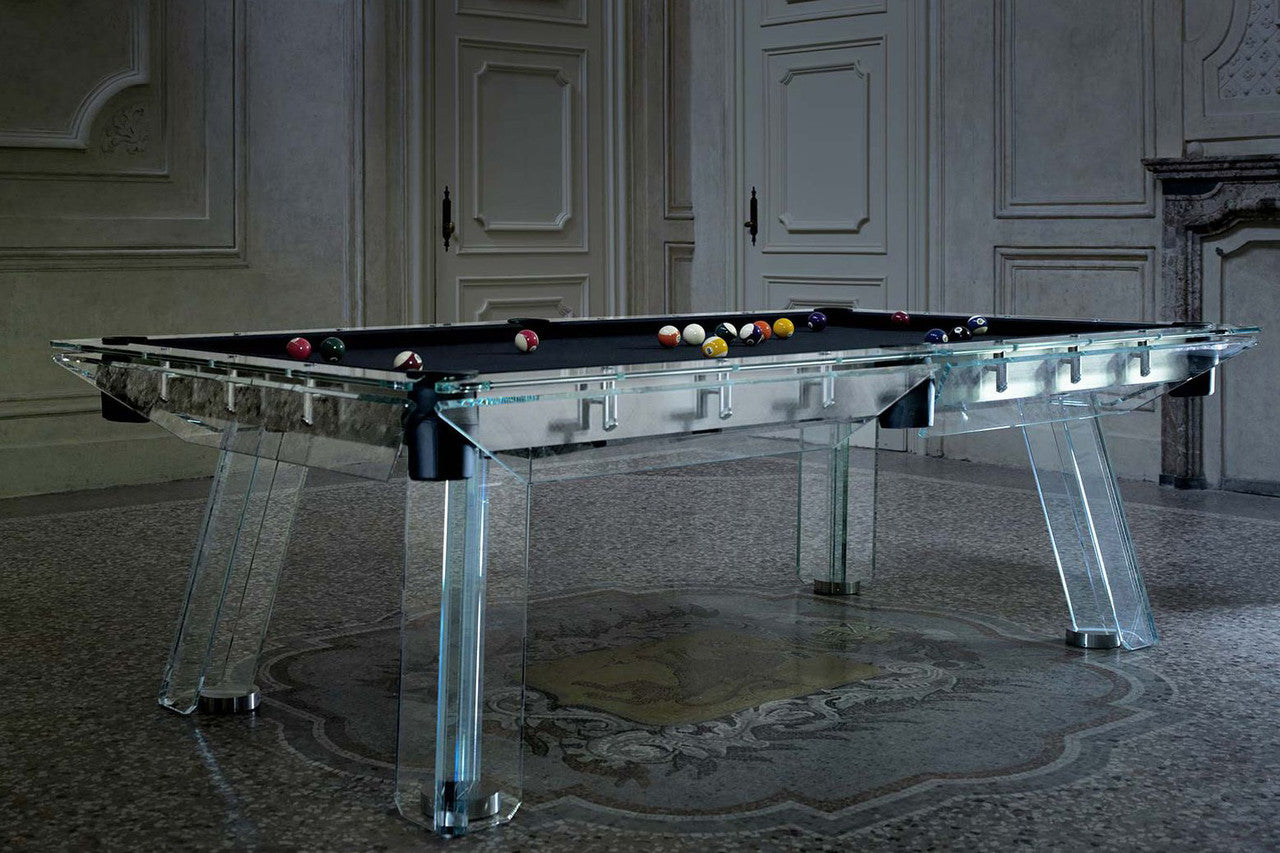
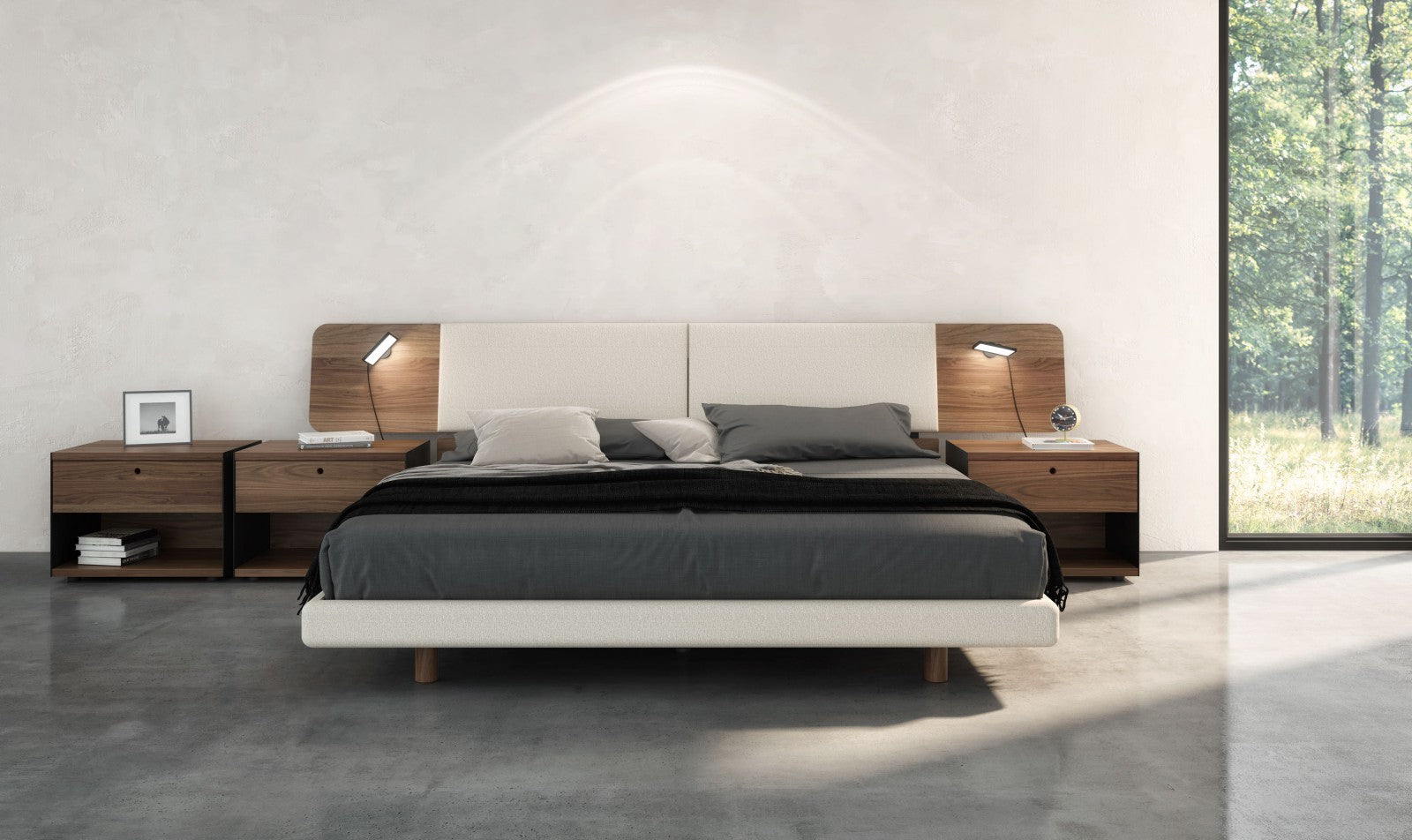
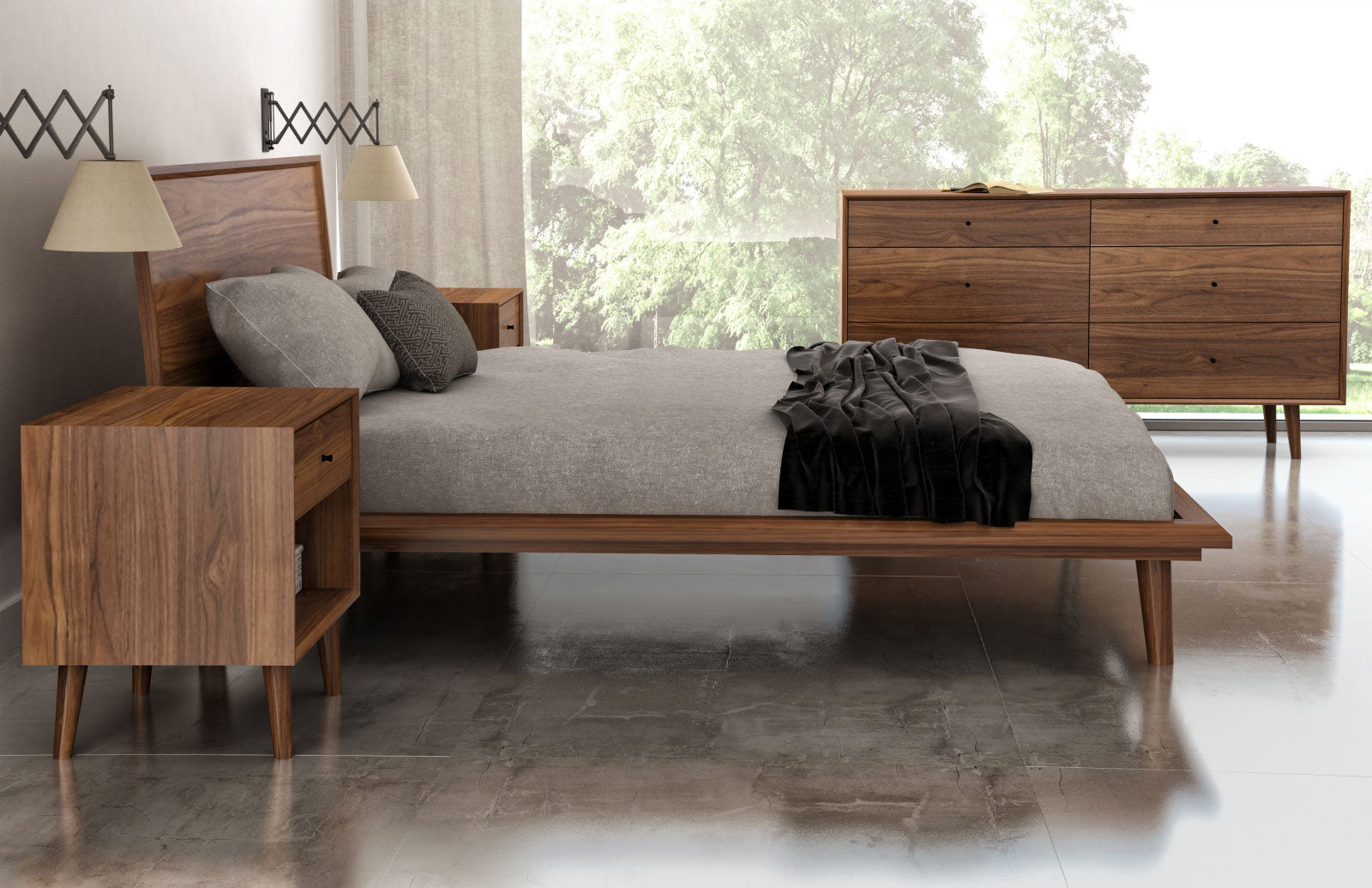
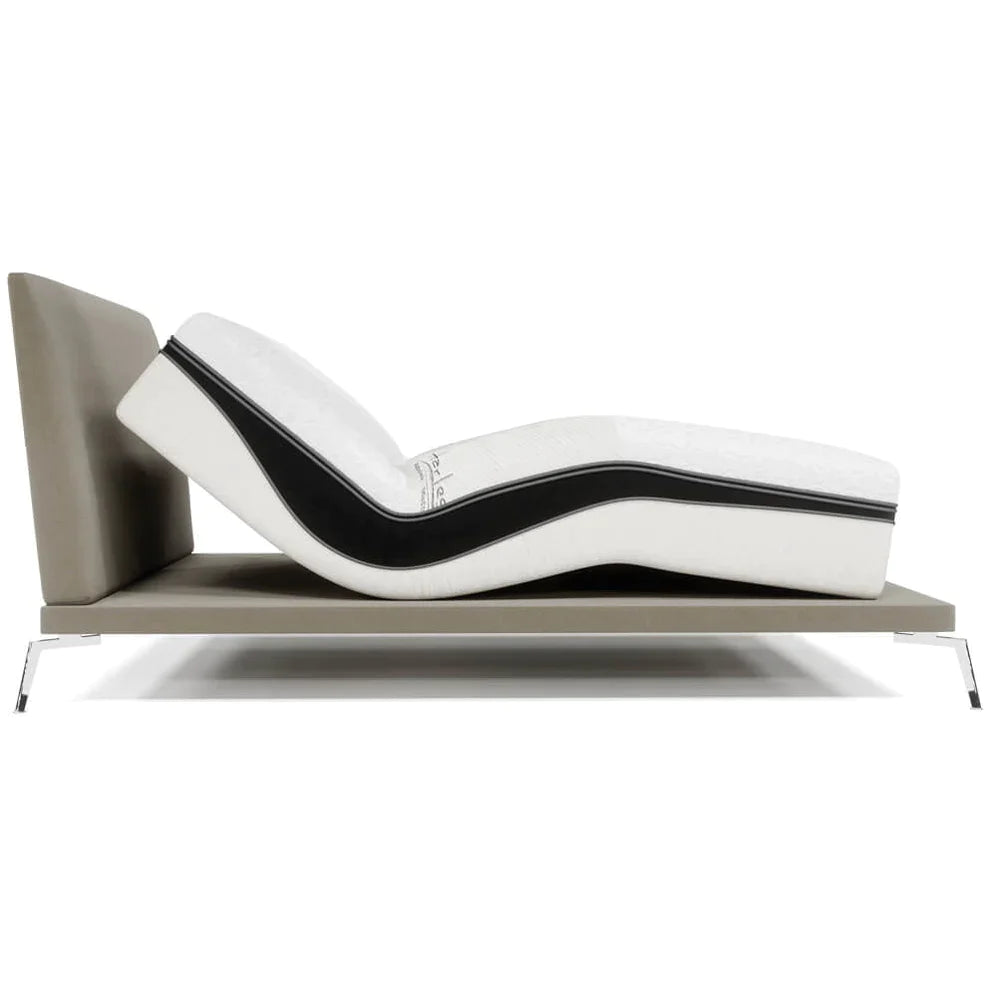
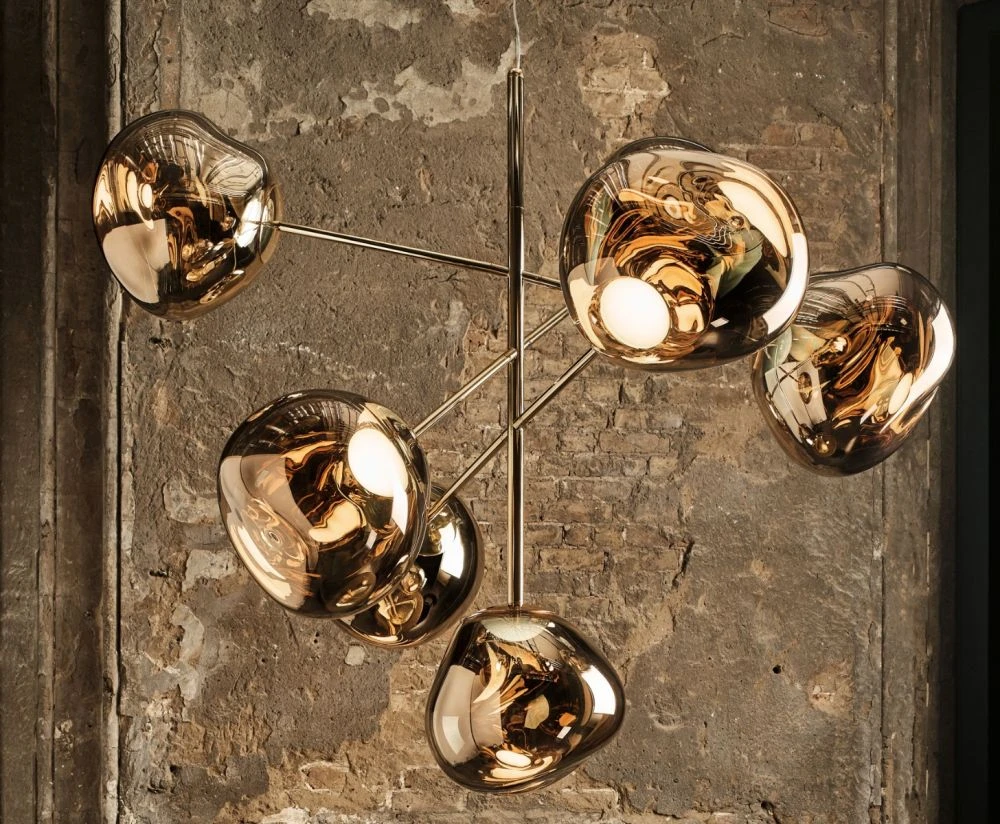
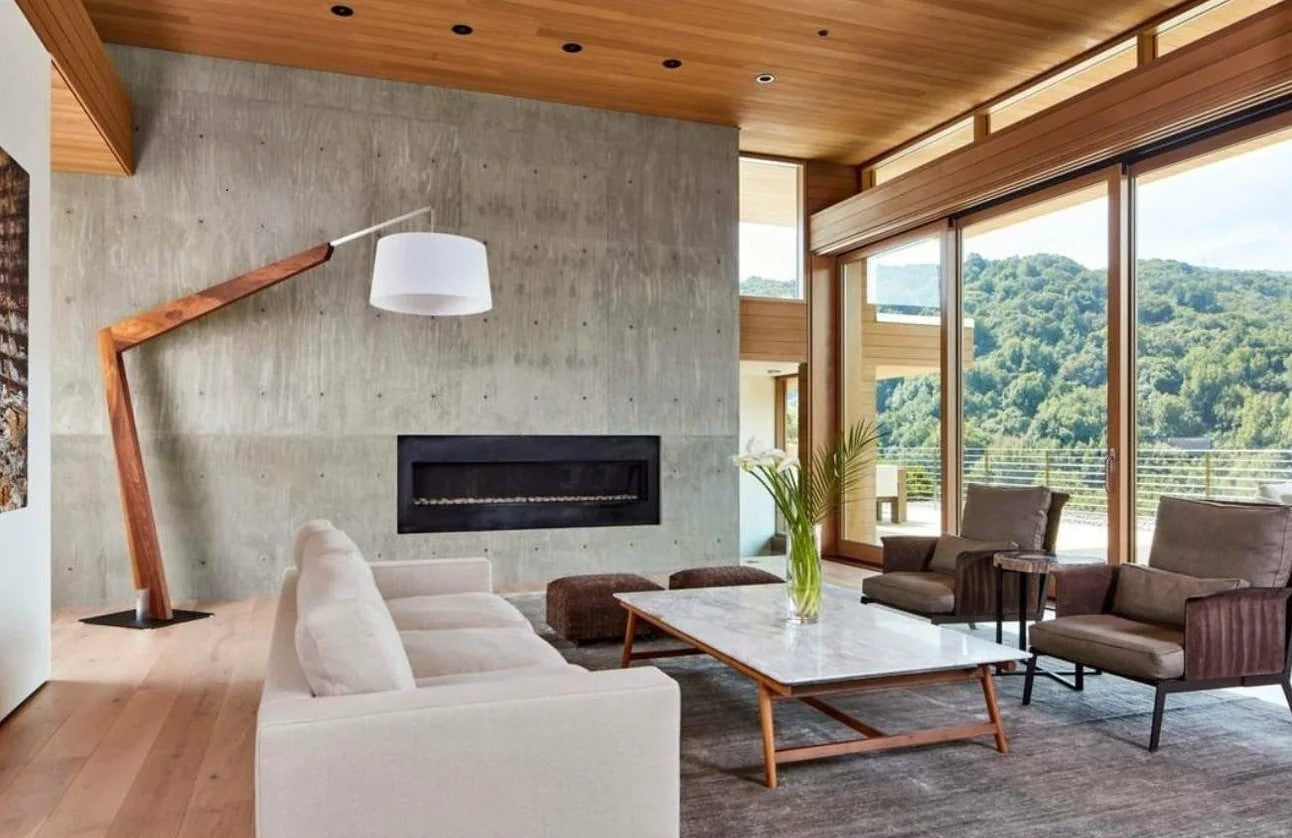
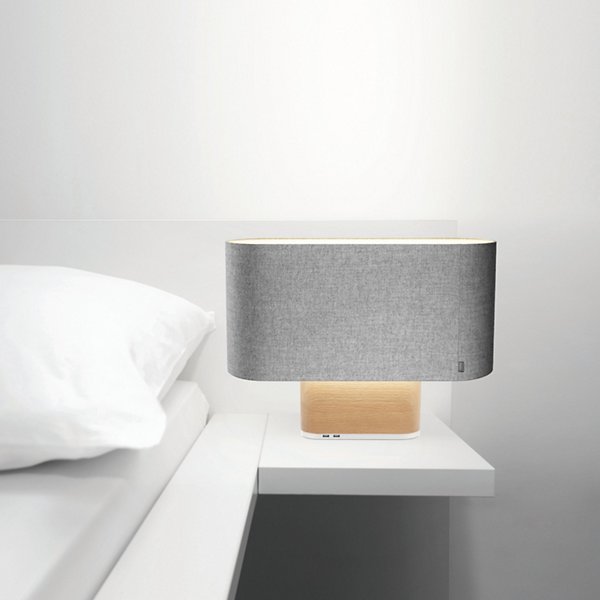
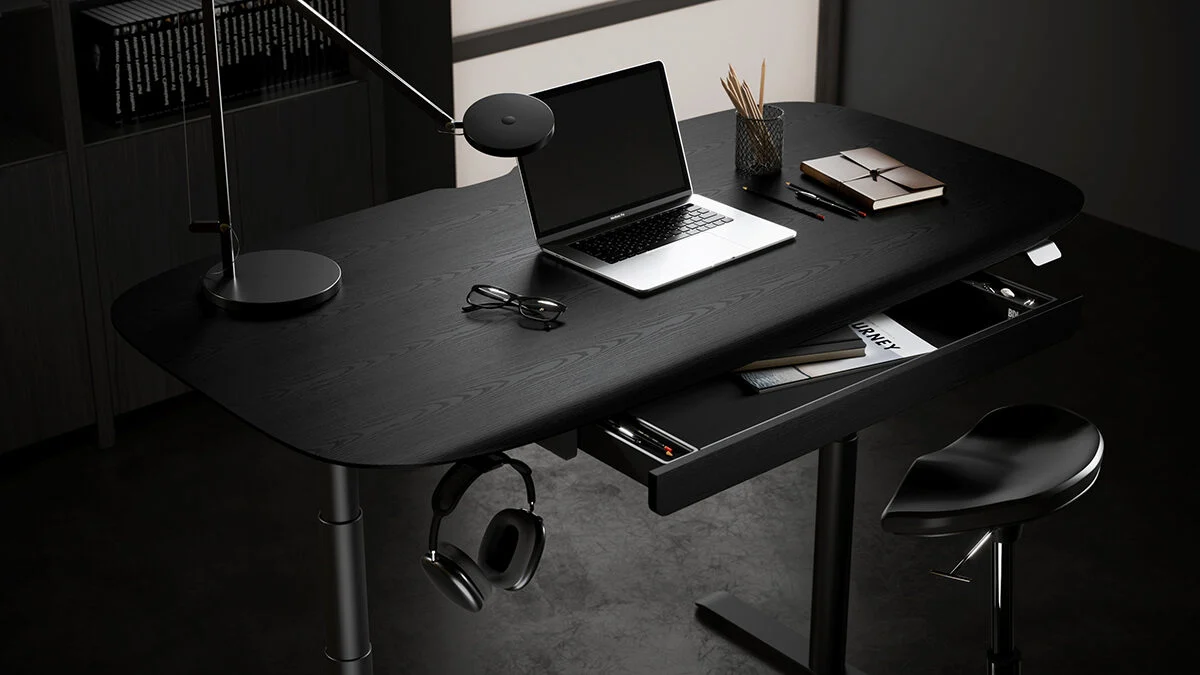
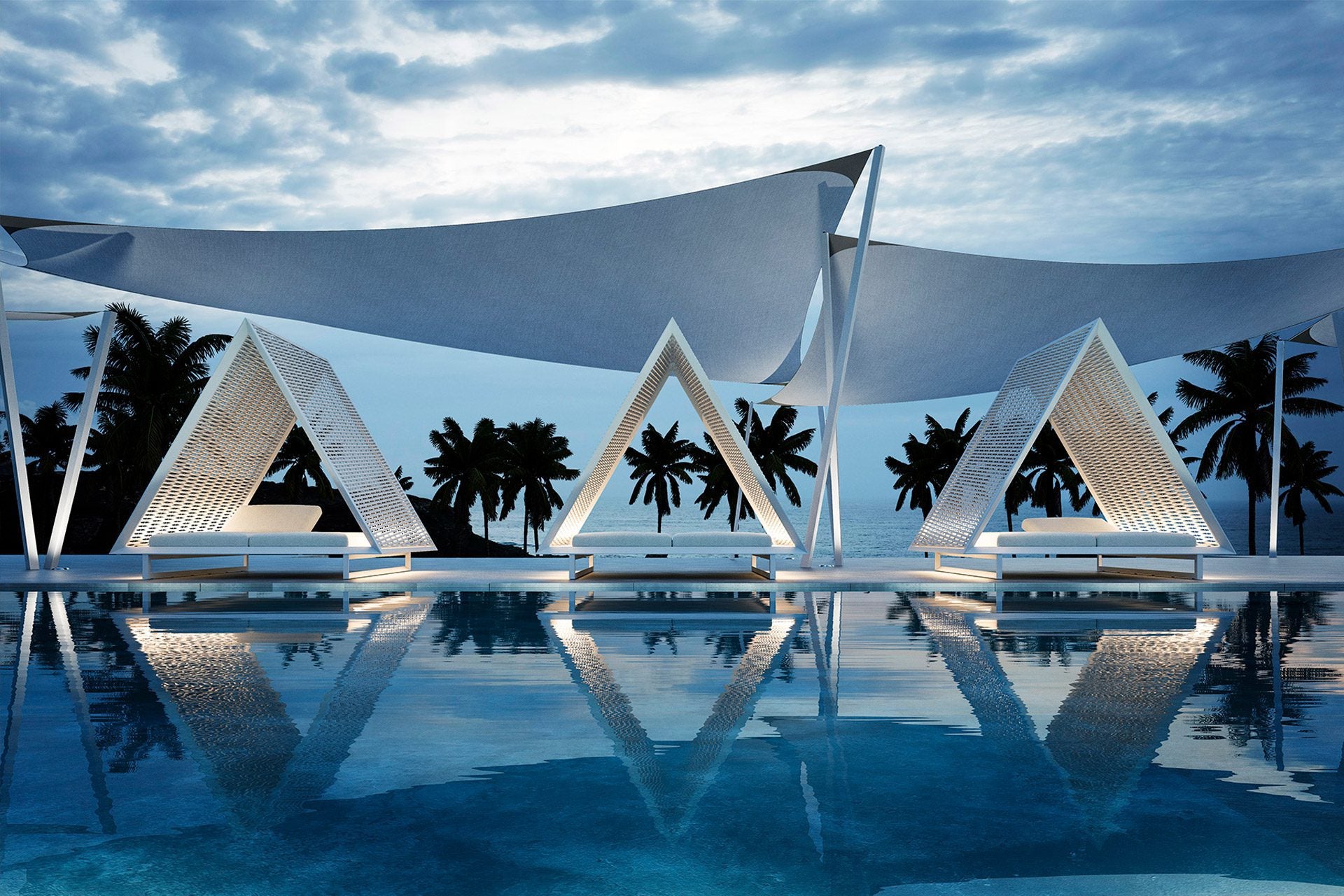
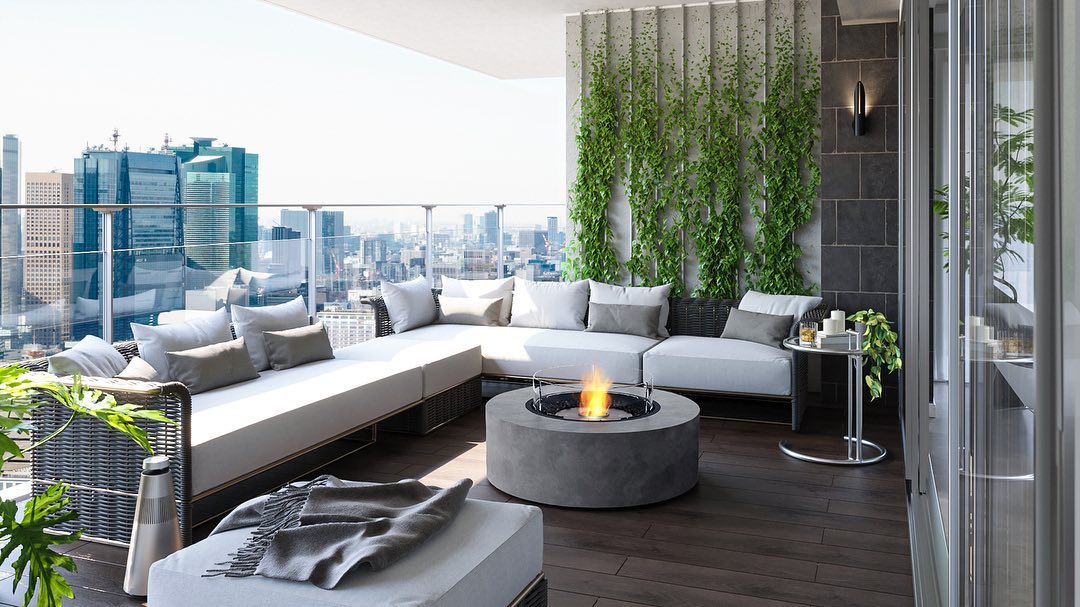
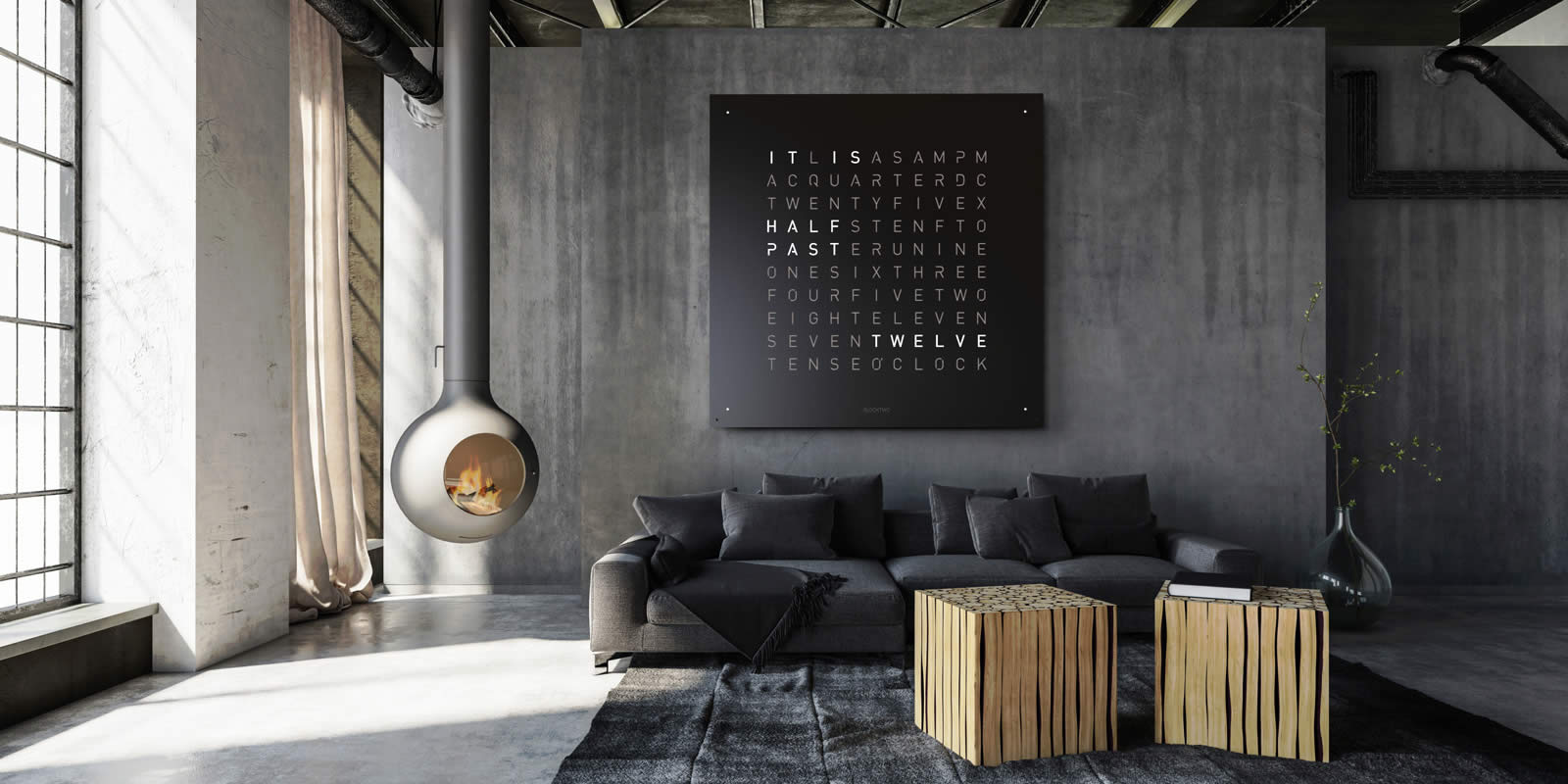
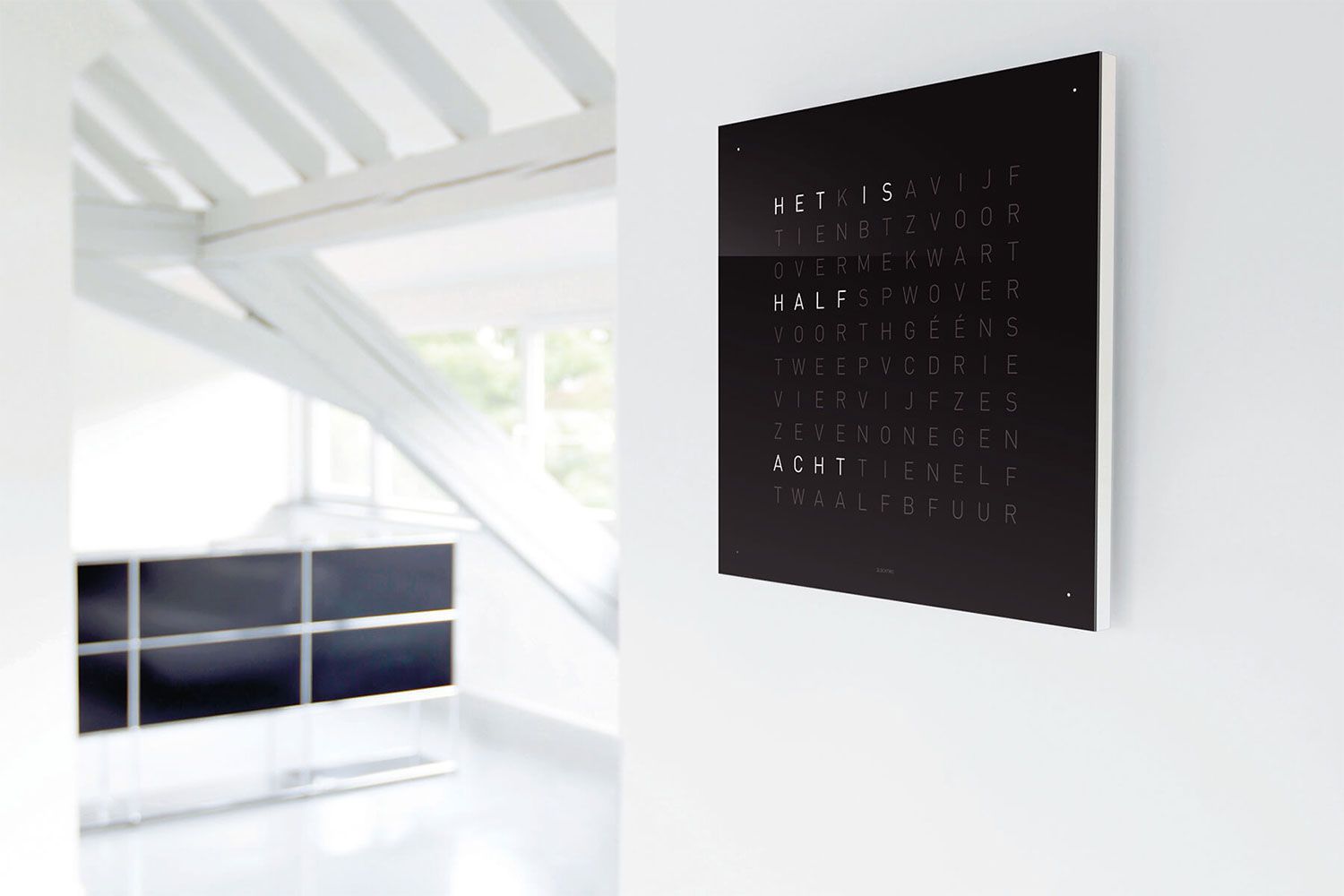

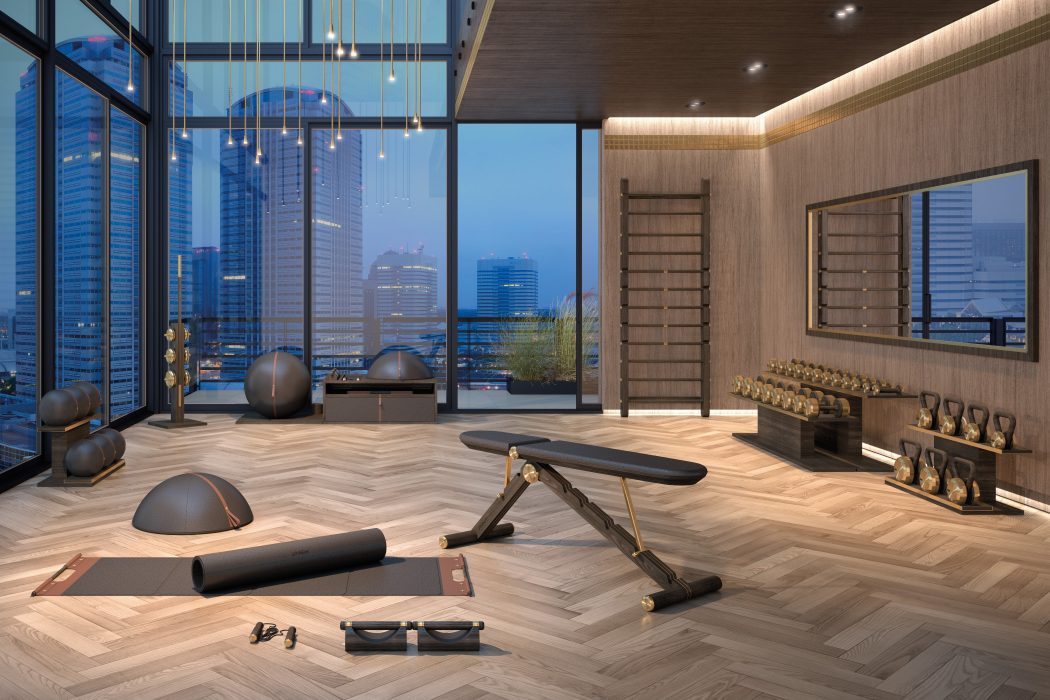
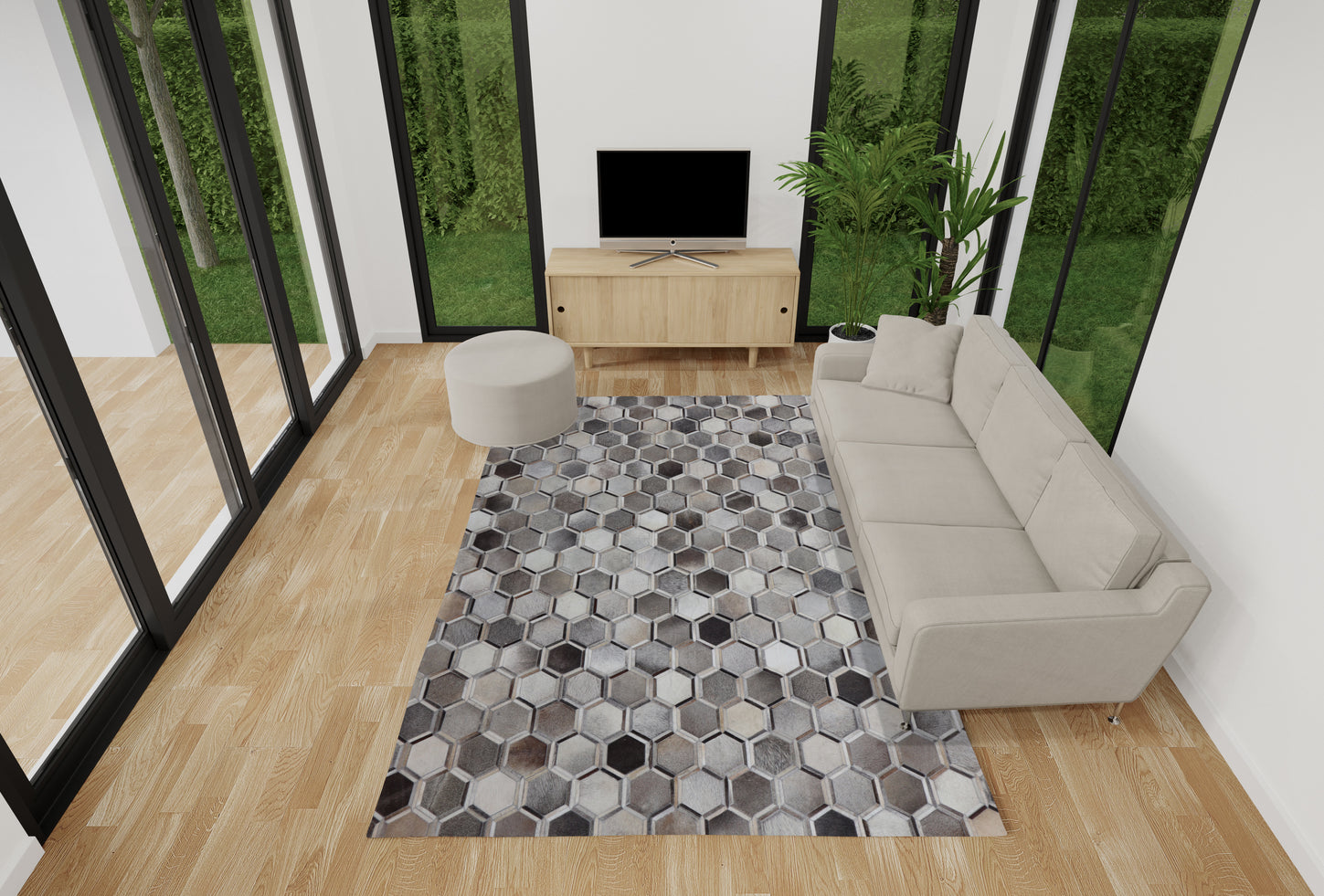

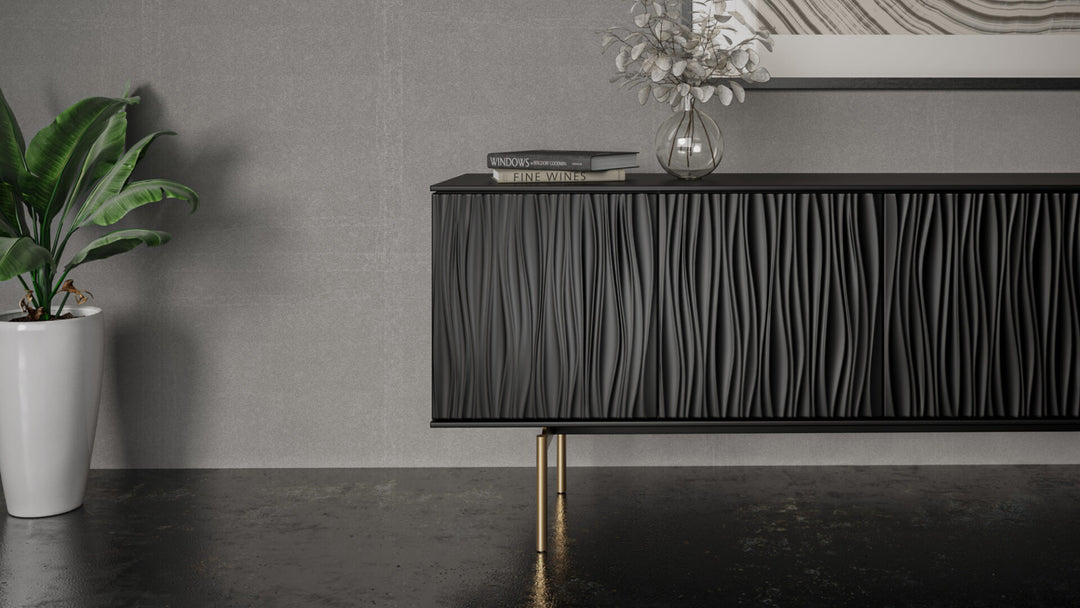
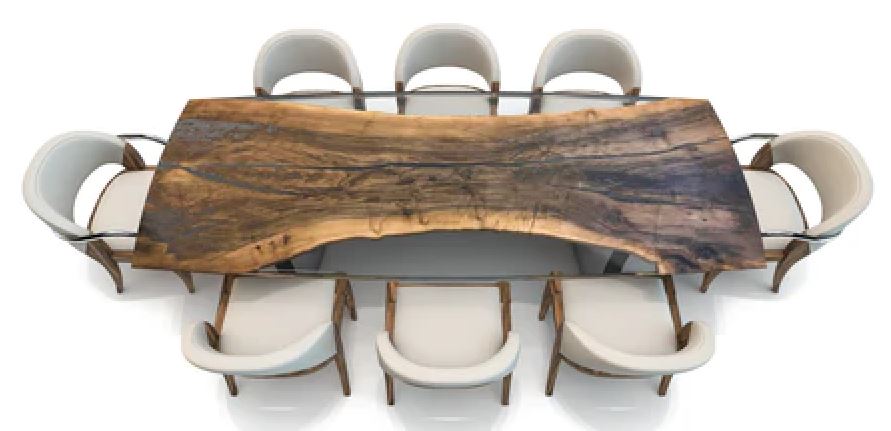
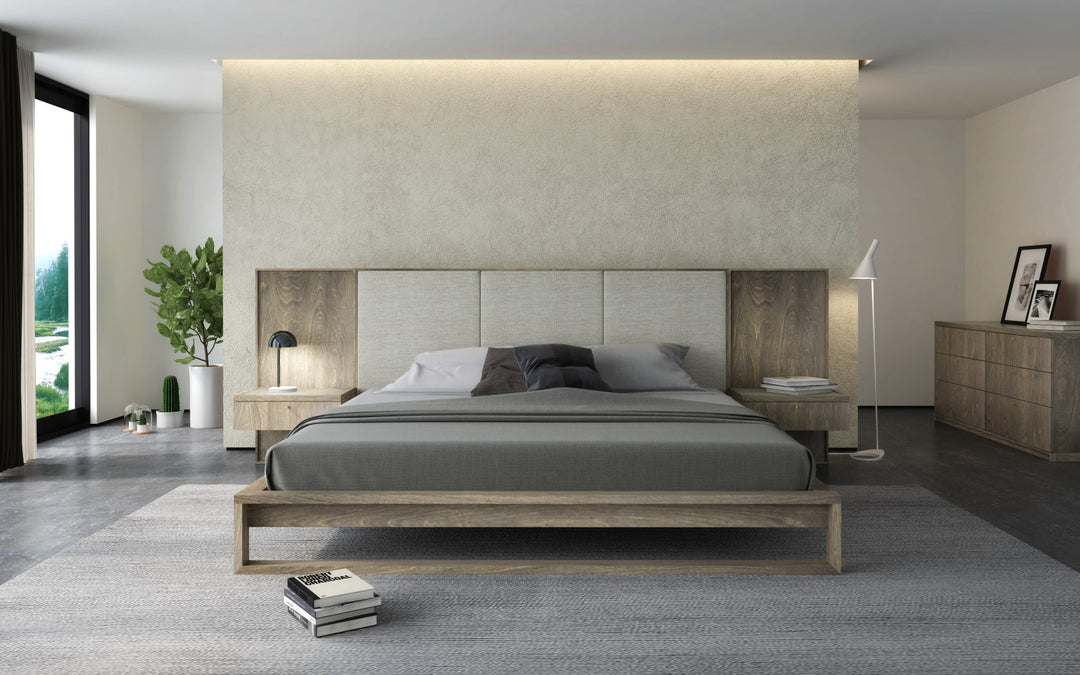

Leave a comment